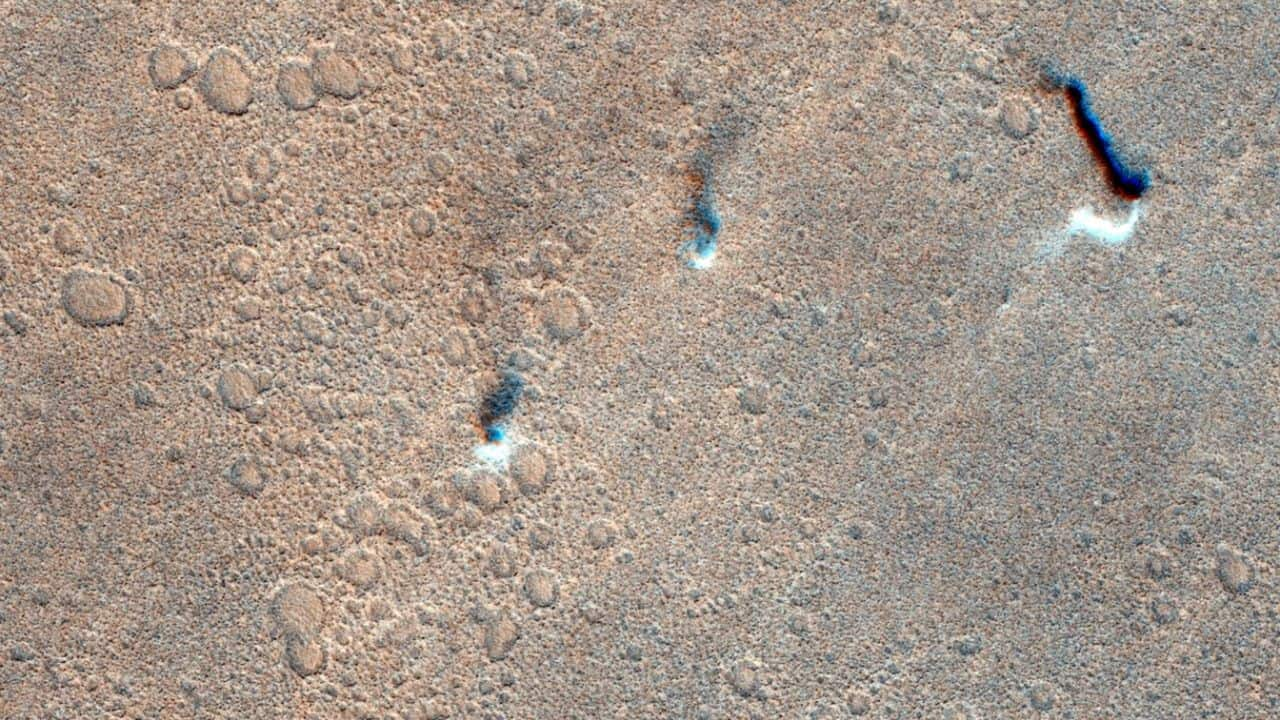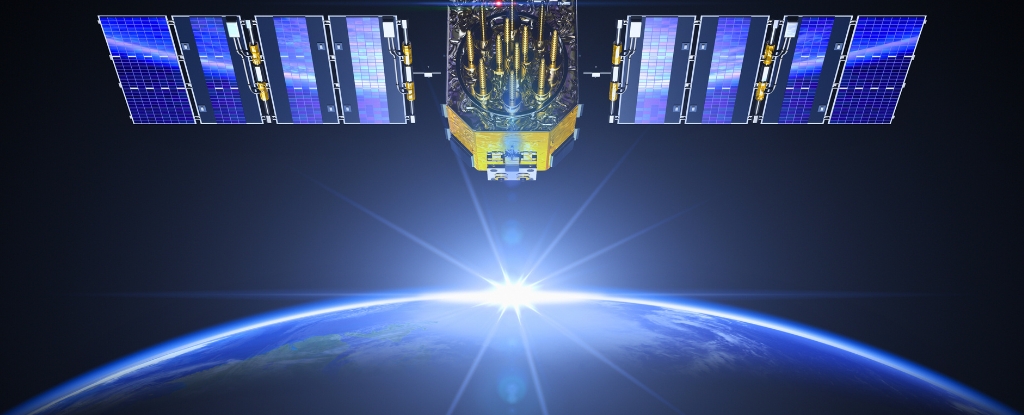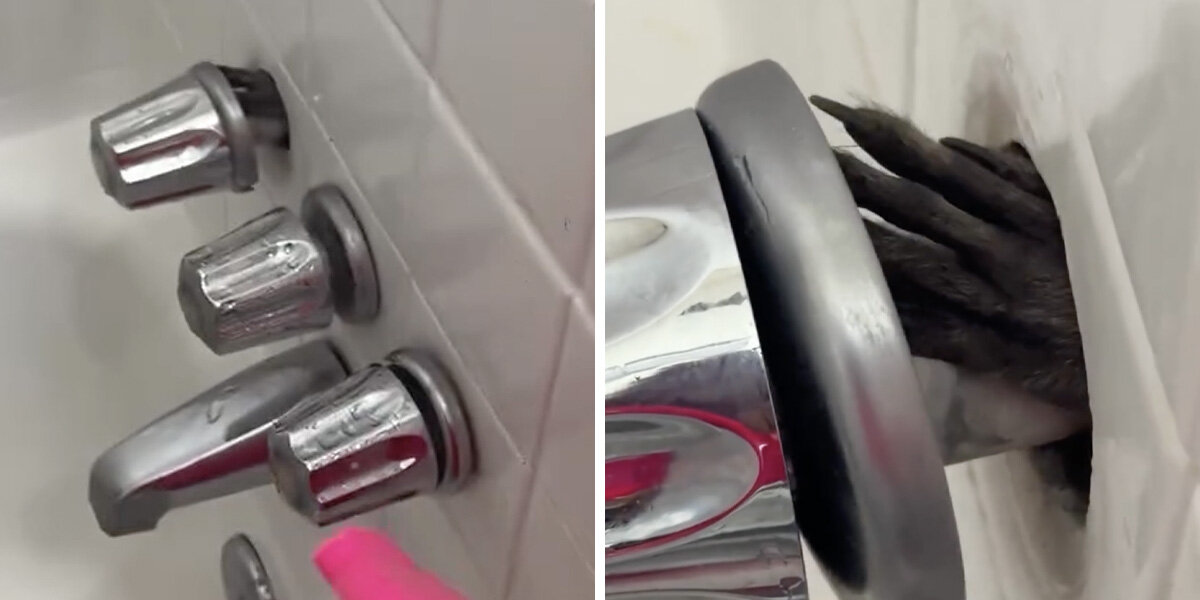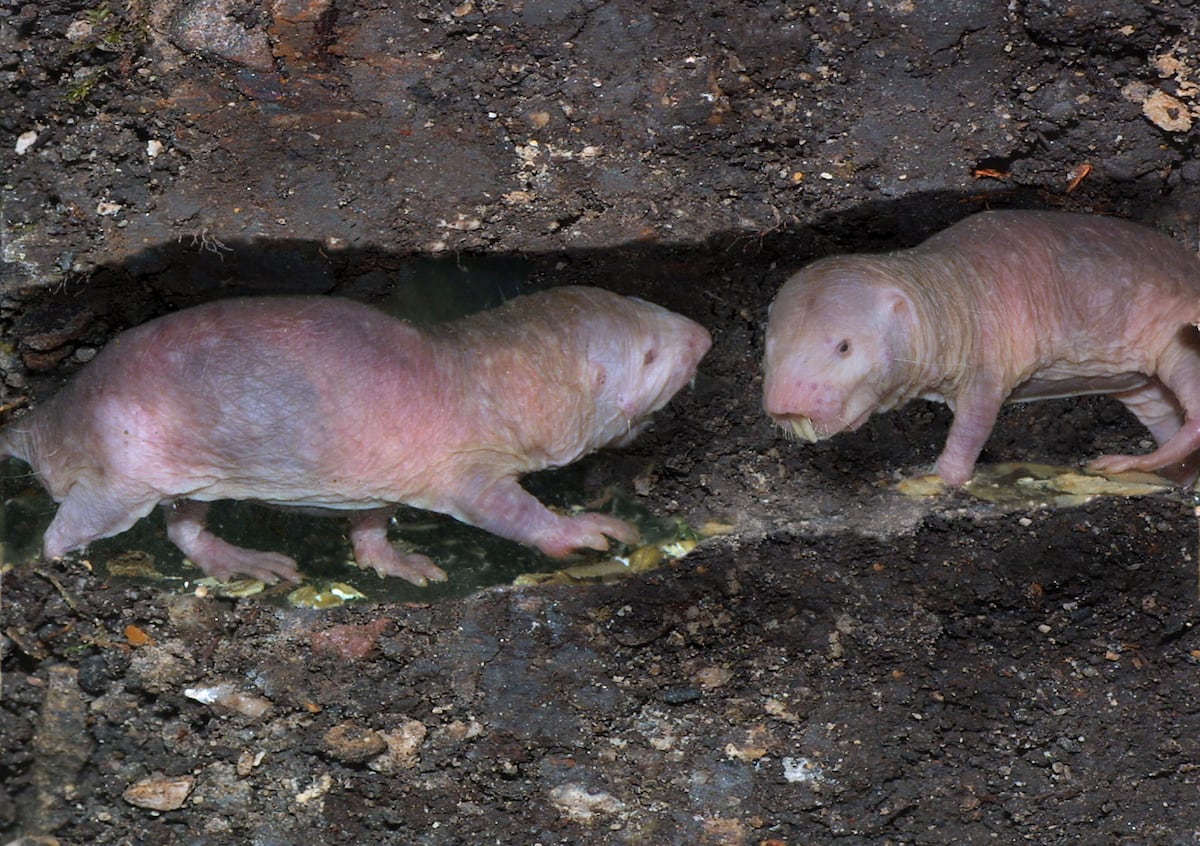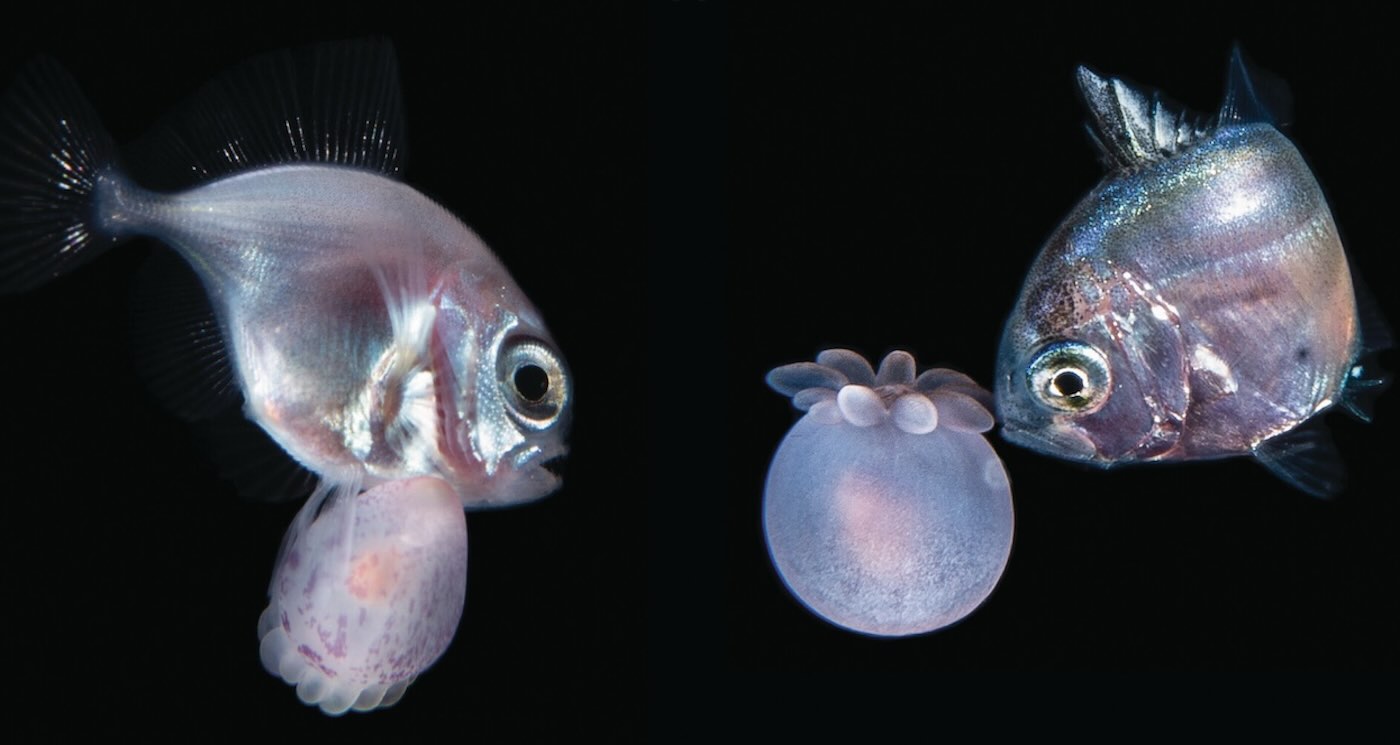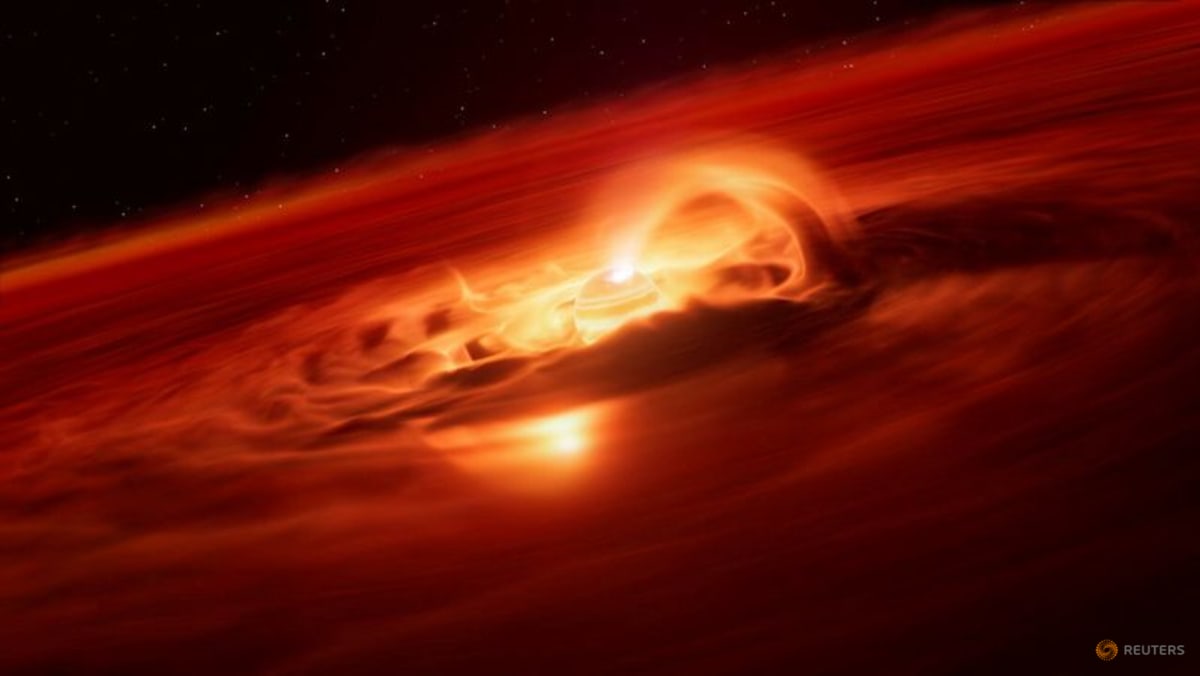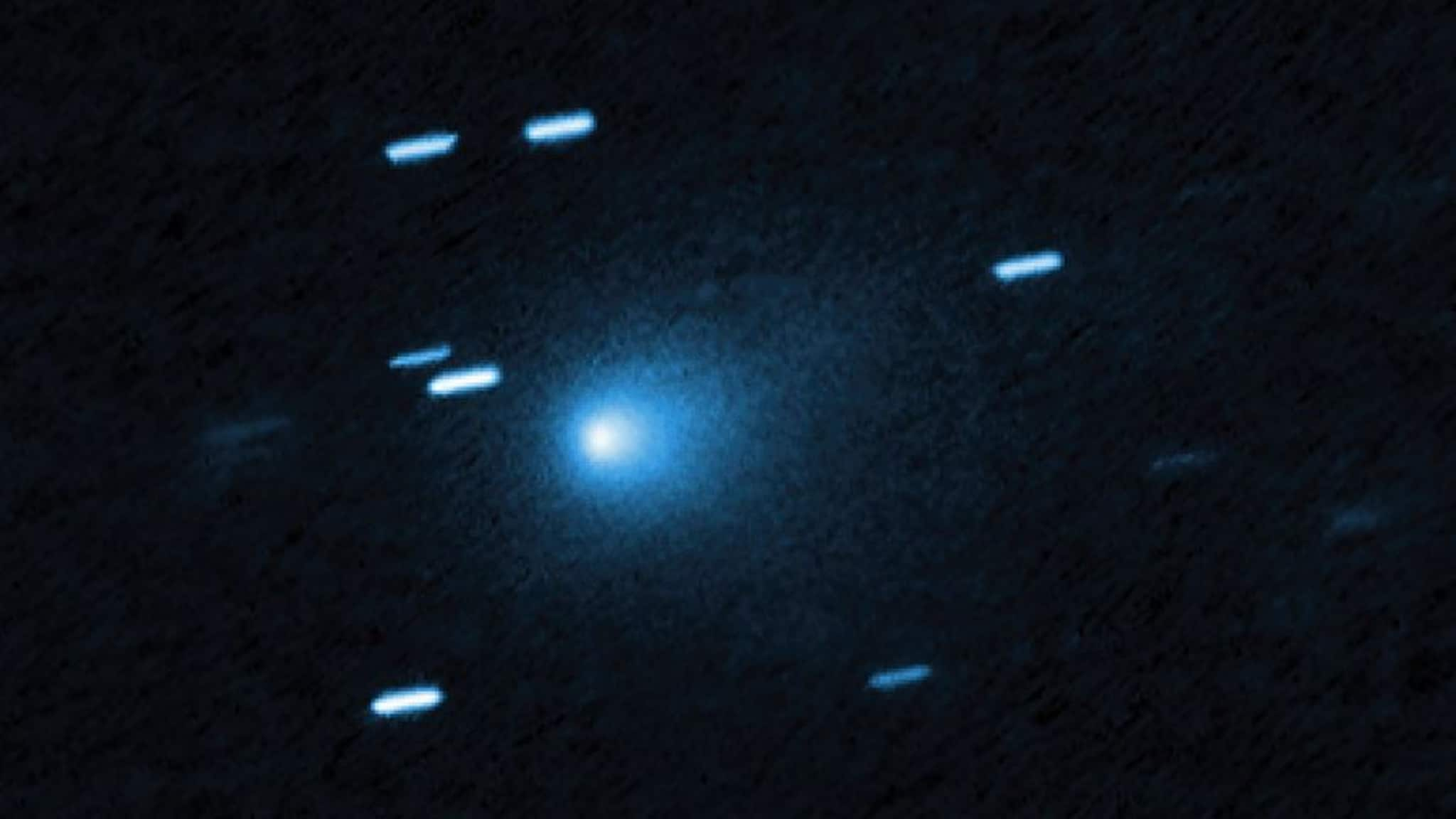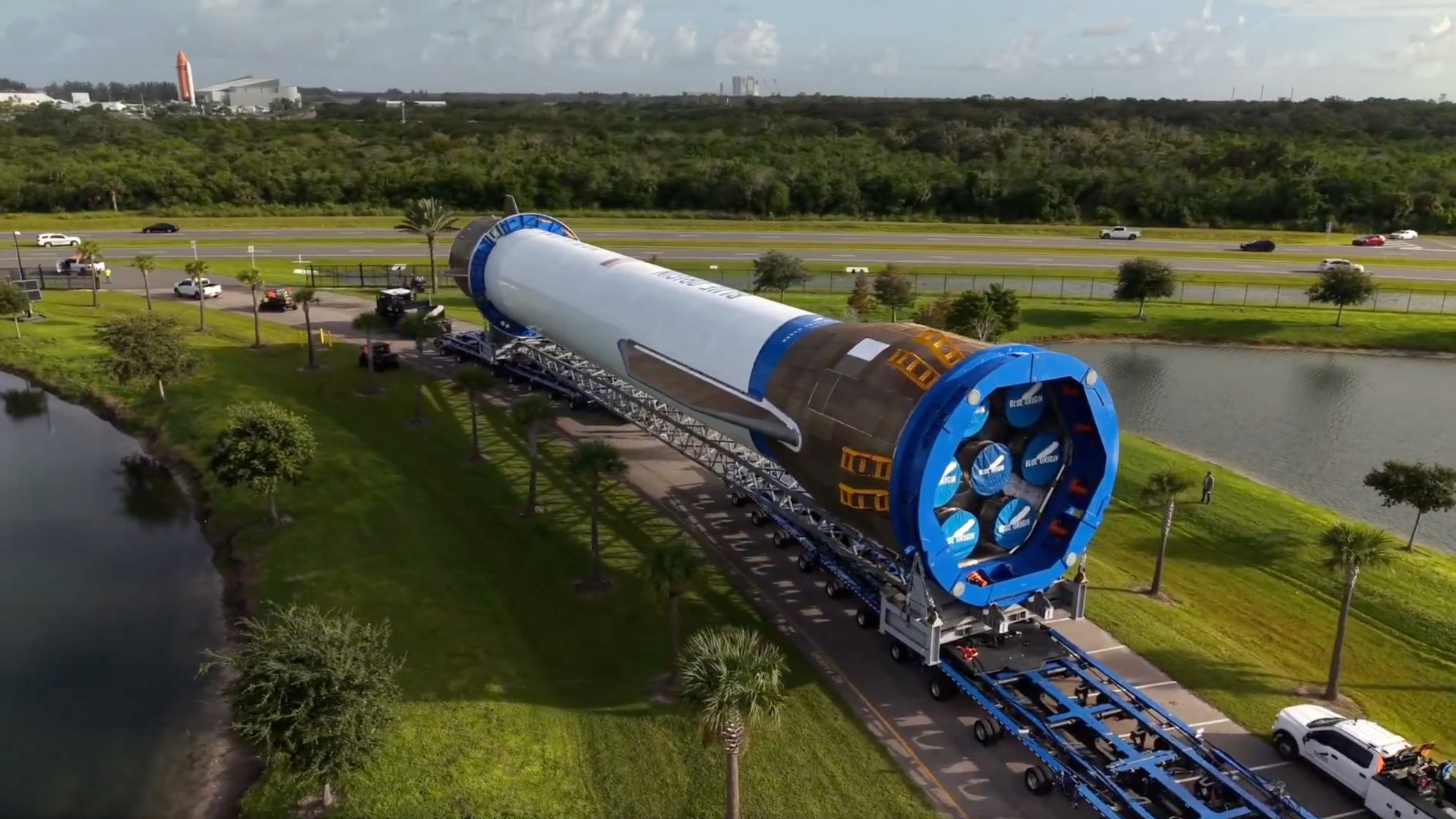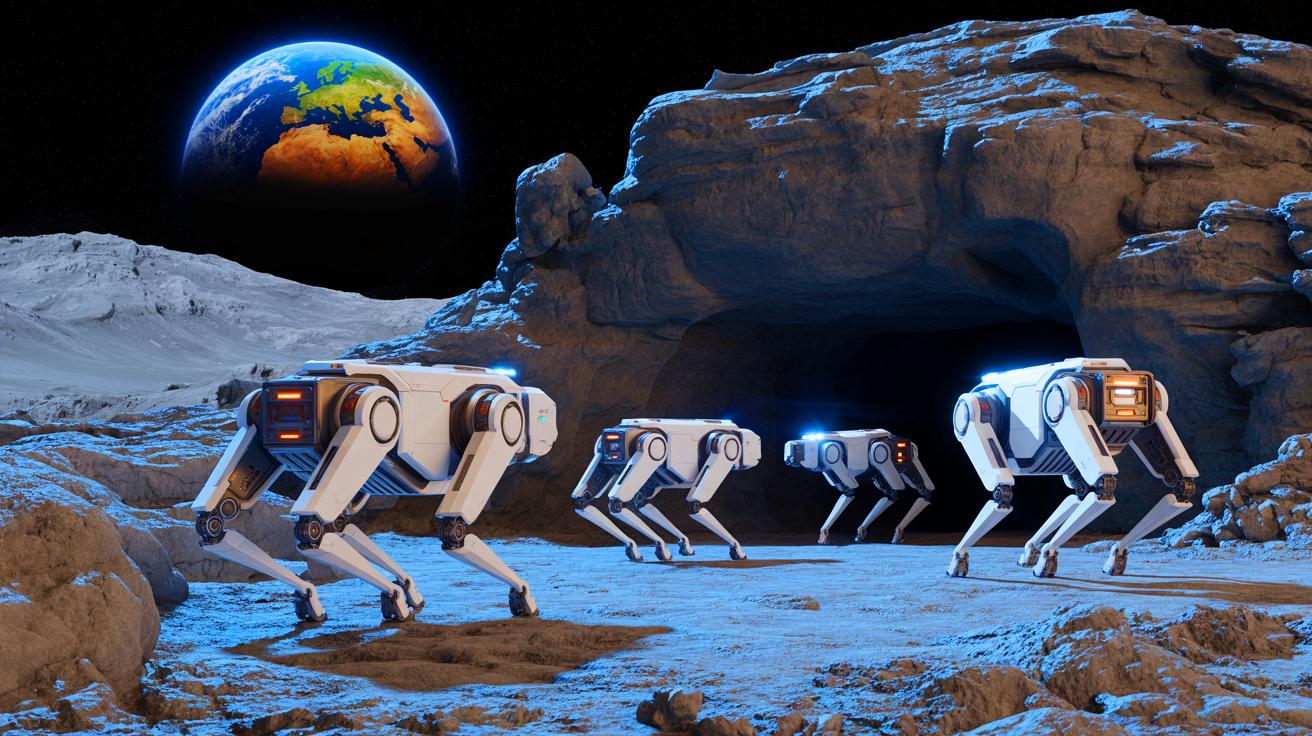Chinese Scientists Create Mars Soil Simulant for Future Exploration

On June 11, 2021, the China National Space Administration (CNSA) released a captivating selfie of the Zhurong rover, which is China's first Mars rover, alongside its landing platform. Fast forward to July 10, 2023, and China's scientific community has achieved a remarkable milestone. A team of dedicated geologists has successfully developed a Mars soil simulant named UPRS-1 that closely mimics the soil found in Utopia Planitia, a region of Mars that has garnered significant interest for its geological history.
This scientific breakthrough is expected to play a pivotal role in future Mars exploration, especially in relation to China's ambitious Mars sample-return mission. UPRS-1 was created based on comprehensive data gathered from two prominent sources: the Tianwen-1 mission's rover Zhurong and NASA's Viking-2 lander, both of which previously operated in the Utopia Planitia area.
Published in the respected planetary science journal Icarus, the research addresses a notable gap in space exploration resources. Historically, most simulants have focused on Mars' southern highlands, leaving the northern lowlands—specifically Utopia Planitia—underrepresented. This region, characterized by a vast impact basin that spans approximately 3,300 kilometers in diameter, is considered geologically significant as it may provide insights into Mars' aquatic past.
The interdisciplinary research team, which includes prominent scientists like Li Shouding, Li Juan, and Lin Honglei, meticulously analyzed data from Zhurong's suite of scientific instruments. These instruments detected hydrated minerals such as gypsum and clays, which are indicative of ancient water activity. This crucial data made Utopia Planitia an attractive subject for in-depth geologic study.
To recreate the unique composition of Martian soil in this area, the team employed a unique methodology, combining geological insights with planetary science. They began with crushed basalt sourced from Shandong Province in eastern China and meticulously blended it with a carefully calculated mixture of minerals to reproduce the soil properties found on Mars. This extensive process involved several iterations of analysis and adjustments to ensure that the new simulant would closely match the spectral, physical, mechanical, and chemical characteristics of the actual Martian regolith collected from Utopia Planitia.
Ultimately, UPRS-1 achieved an impressive similarity of 86.1% in various properties compared to the real Martian soil. This high degree of accuracy is essential for engineers and scientists as they design more resilient landers and rovers for future missions.
The development of UPRS-1 is particularly significant in light of the challenges faced by NASA's InSight mission in 2020, which struggled with soil drilling. The new simulant not only opens avenues for research into in-situ resource utilization, allowing scientists to explore technologies for extracting water from Martian soil, but it also represents a necessary step toward establishing sustainable human outposts on the planet.
Furthermore, UPRS-1 serves as an invaluable testing ground for various mission components and sampling techniques, especially as China gears up for its Tianwen-3 sample-return mission, scheduled for launch around 2028. Diao Yiming, the lead author of the study from the Institute of Geology and Geophysics (IGG), highlighted the potential of this new material to facilitate Martian environment simulation experiments. These experiments could have far-reaching implications in fields such as astrobiology, particularly in examining how clay minerals and sulfates influence microbial survival.
In addition, the research team has proposed a systematic evaluation procedure that could pave the way for the creation of new, high-similarity simulants tailored for other regions on Mars, further enhancing our understanding and exploration of the Red Planet.










